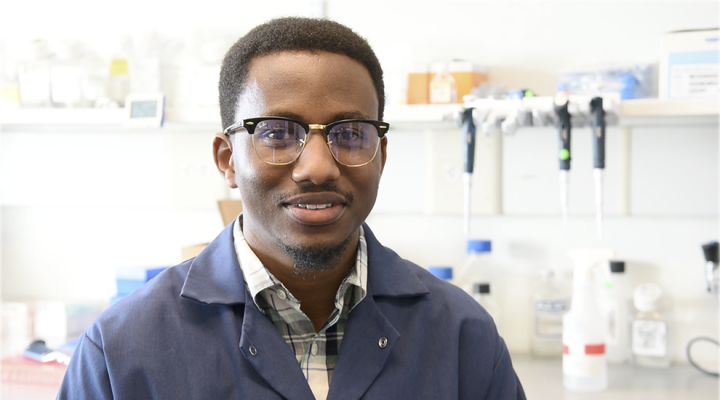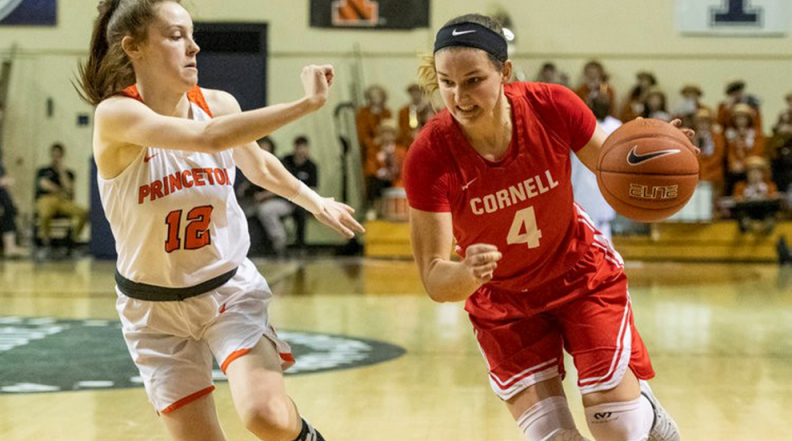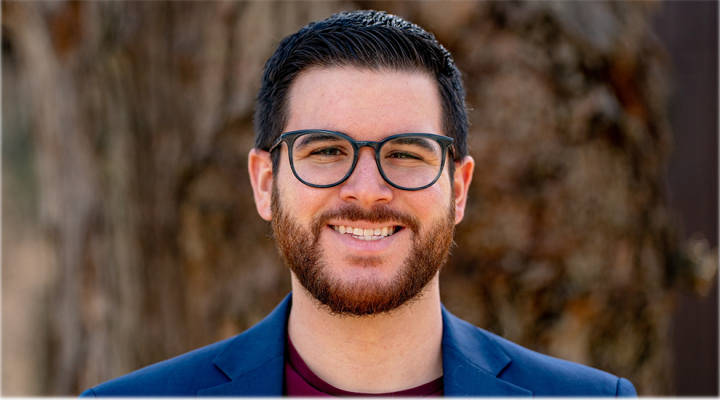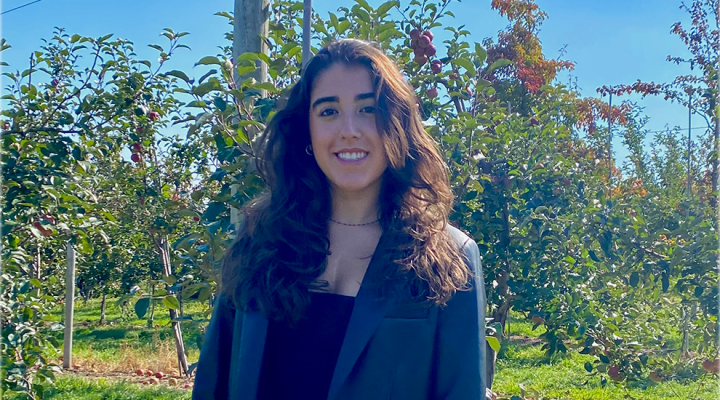Degree: B.S.
Year: 2020
Concentration: Biomechanics and mechanobiology (BMMB)
Sport: Varsity women's basketball team
Why Cornell? Why BME? Why biomechanics and mechanobiology?
In high school, I excelled at science and math. I knew I wanted to go to a school that could challenge me both academically and athletically. Once I arrived on campus, I immediately fell in love with the area, the coaches, and the strength of the engineering program. I had the privilege of meeting with Dr. van der Meulen while I was here, and her work with bone absolutely fascinated me. BME also was a new major for undergraduates at the time and provided me the opportunity to explore the intersection between science and athletics. I felt as though this major and specifically the biomechanics concentration was made for people like me. As someone who enjoys working out and lifting weights, BMMB allowed me to understand how my physical activity was changing my body on the cellular, tissue, and systemic level.
How did you get started in basketball and what do you love about it?
I started playing basketball when I was old enough to walk because both my parents played. The thing I love the most about basketball is being able to compete with a group of girls that basically become my second family. I also enjoy all the travel to new places over the years, and this past season we went to Minnesota over thanksgiving to play The University of Minnesota. We had thanksgiving at my house and practiced at my high school. It was an amazing experience to have my two worlds collide.
Does your major/concentration have any association/connection to your chosen sport?
Yes, biomedical engineering has a large association with basketball. I tore my ACL during my freshman season and had to do a lot of rehabilitation to get back to full strength. During this injury, I became fascinated with learning more about the recovery process and whether wearing a brace after recovery would reduce my chance of reinjury. The biomechanics concentration specifically is important for understanding the benefits of weight-lifting and high intensity interval training to increase bone mass and reduce lactic acid build up during workouts.
Any specific facets of your coursework that inspire you, and in what way?
I found the single leg hopping lab of particular interest to me because I can see something like this being used to analyze athletes to maximize their explosion when they are going up for a lay up or are jumping for rebound. Data processing and analysis are very important avenues for improving sports and preventing prevalent injuries such as ACL tears.
In what way(s) does your identity as a student inform your identity as an athlete and vice versa?
My identity as a student allows me to improve my performance as an athlete because I can use my knowledge from biomechanics and mechanobiology, such as injury prevention and best methods for training/stretching, to yield the best results on the court.
What’s the best/ most challenging aspect of being a student athlete?
The best part about being a student-athlete is the unforgettable experience of playing in games all over the country and meeting new people. There is nothing like the euphoric feeling you get after winning a big game. The most challenging part of being a student athlete is time management. There are only so many hours in a day, and it is important to have your priorities in order. I am a huge fans of to-do lists and strict schedules to keep me on track.
How do you balance academic/training time?
By staying organized and getting ahead on work whenever possible.
Are you involved in any research here at Cornell BME?
I am in the van der Meulen Lab of Orthopedics and Biomechanics. Our research focuses on identifying new drug targets for the treatment of osteoporosis using a murine tibial loading model. The purpose of my project is to explore the top genes that are up and down regulated in young vs. old mice by examining different time points to understand load-induced gene expression over time. These genes lead to biological pathways in the cortical bone in sections of the tibia that can be confirmed with different tests.
What other activities do you participate in on or off campus?
Student Athlete Advisory Committee; Mighty Yoga; Cornell Athletics Event Staff
Do you see your future career choices merging your athletic and academic interests and if so, how has/does the BMMB concentration help you discover that?
Yes I definitely see my future career choices merging my athletic and academic interest. Professor Butcher went through a presentation one day on all the different career paths for biomechanics concentration, and the concussion research/ development of better helmets was extremely fascinating. It would allow me to stay extremely close to sports and improve the sports experience for future generations of athletes.
Read more about Danielle in "Spotlight on BME Student Athletes" from the 2019 BME Newsletter.
More info/follow: Danielle Jorgenson on Facebook and LinkedIn.





